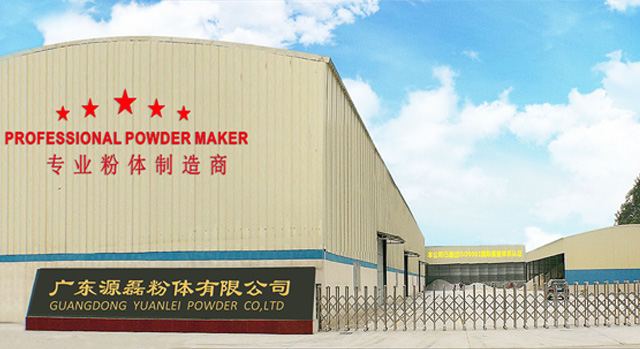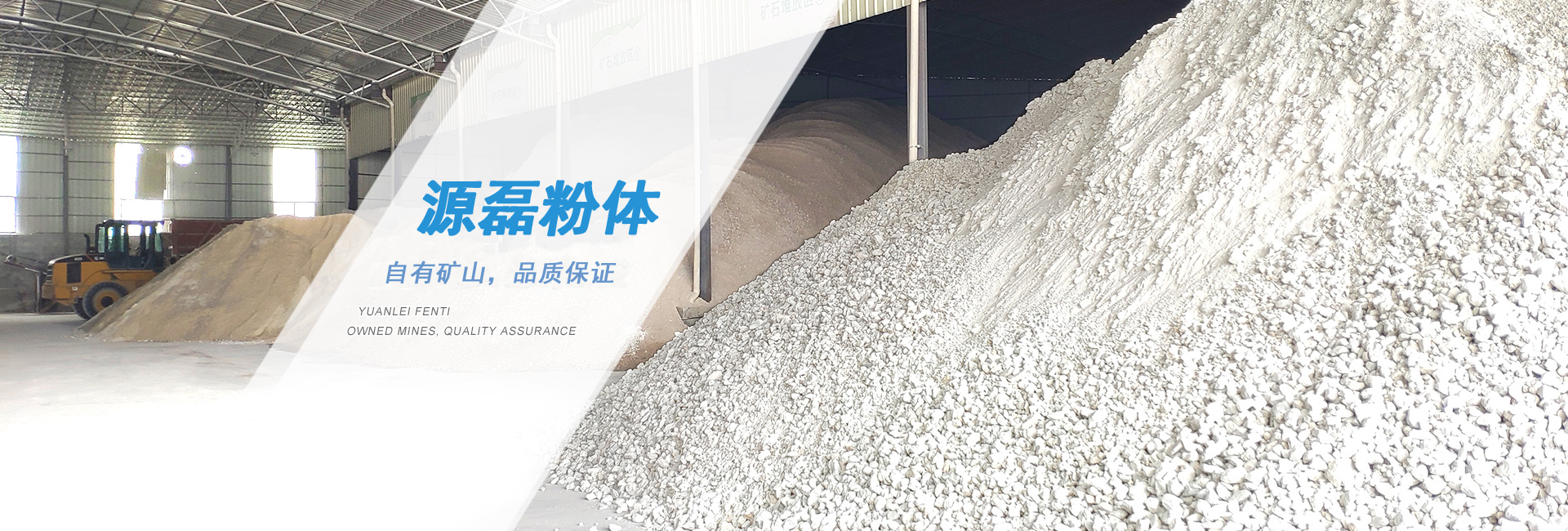Tel:+86-0757-22910350
Add: 2 1701 Shunde Science and Technology Innovation Center, Ronggui Town, Shunde District, Foshan City, Guangdong Province
Production Base: Guangdong Hengmeiyuan Nanotechnology Co., Ltd.
Add: Derun Logistics Industrial Park, Hetang, Jiangmen City, Guangdong Province
CONTACT US
©2019 Guangdong yuanlei powder co., LTD.,
NEWS
Company news
Industry news
Technology exchange
Yuan Lei's Little Knowledge | Summary of Classification and Application of Talc Powder
Composition and characteristics of talc powder
The main component of talc is hydrated magnesium silicate, belonging to the monoclinic system. Crystals are in the form of pseudo hexagonal or rhombic flakes. Ores usually form dense clumps, leaf like, radial, and fibrous aggregates. Colorless transparent or white, but appearing light green, light yellow, light brown, light red, or even black due to the presence of small amounts of impurities; The cleavage surface has a pearl luster. Soft in texture, with a Mohs hardness of 1-1.5 and a specific gravity of 2.7-2.8.
Talcum powder is a white powder made by processing and refining talcum blocks through multiple processes such as screening, cleaning, drying, batching, grinding, grading, and packaging. It has a smooth feeling and excellent physical and chemical properties such as obvious lubrication, fire resistance, acid resistance, insulation, high melting point, inactive chemical properties, and strong adhesion. Talc powder is classified differently based on its composition, origin, and color. Due to its inherent excellent qualities, it is widely used in industries such as coatings, paints, plastics, papermaking, ceramics, cosmetics, pharmaceuticals, food, and daily necessities.

Classification and uses of talc powder
1. Chemical grade talc powder
Usage: Mainly used in the chemical industry such as rubber, plastics, paint, coatings, etc. as a modifier filler. Features: Increase the stability of product shape, increase adhesion, filling, covering power, sanding, increase tensile strength, shear strength, bending strength, pressure strength, reduce deformation, elongation, thermal expansion coefficient, etc., with high whiteness, uniform particle size, and good dispersibility.
2. Ceramic grade talc powder
Usage: Used for manufacturing high-frequency ceramics, wireless ceramics, various industrial ceramics, architectural ceramics, daily ceramics, and ceramic glazes. Features: High temperature non discoloration, enhanced whiteness after forging, uniform density, good gloss, and smooth surface.
3. Cosmetic grade talcum powder
Usage: It is a high-quality filler in the cosmetics industry. Features: Contains a large amount of silicon element. It has the function of blocking infrared rays, thus enhancing the sun protection and anti infrared performance of cosmetics. At the same time, talc powder is smooth and has a pearl luster, which has a certain protective and beauty effect on the skin. It is easy to clean, non-toxic, and harmless.
4. Medical and food grade talc powder
Usage: Used as an additive in the pharmaceutical and food industries. Features: It is non-toxic, odorless, with high whiteness, good compatibility, good glossiness, soft taste, and strong smoothness. A pH value of 7-9 does not alter or degrade the physical properties of the original product. It is a high-quality and stable filling additive in the food and pharmaceutical industry.
5. Paper grade talc powder
Usage: Used as a filling material for various high-grade and low-grade paper industry products. Features: Paper grade talc powder has the characteristics of high whiteness, stable particle size, and low wear. The paper made with talcum powder can achieve characteristics such as smooth surface, delicacy, high gloss, good toughness, and strong moisture absorption. Adding it to the formula can save atomic materials and improve the service life of the lipid network.
6. Other uses of talc powder
The performance of talc powder determines its wide range of applications. In addition to the above-mentioned purposes, it can also be used for production isolation of wires and cables, demolding of molds, moisture absorption and lubrication in daily life, sports, and casting marking. The main utilization is the properties of talc powder, such as smoothness, softness, dryness, and high temperature resistance.



